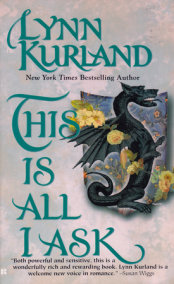
Give him mouldy underfelt and he’ll have you flying to Samarkand. But novelists transmute wherefores into story, and Peter Carey, whatever else you might say about him, is a master at telling a tale, and a slave to the imperative. Or at least that’s the subterranean pulse. He seems almost as interested in why Ned Kelly matters to Australia, what he says about what we have been and what we want to believe about ourselves, as he is in revising or revisiting the old story. Carey is an unabashed apologist – a romantic apologist what’s more – for Kelly and his clan, but he is also too much the ironist not to be alive to the density and contradictions of the historical record. True, he gives him back a face, real feet that need real boots, a memorable voice and a familial context. I don’t believe Peter Carey set out to tame the mythic Ned Kelly in his True History of the Kelly Gang. The black imp of myth and Sidney Nolan’s depiction is now wild and out of control – as unpredictable as a Mimi spirit and about as omnipresent. It’s modernist, postmodernist, merged into desert art just as surely as Ned has been incorporated into the Dreaming of the Yarralin people of north-western Australia.

There it is, black on red ochre, an importunate camera, staring back as we look through it.

Ned’s iron mask now directs you to the National Library’s website of Australian images. You can’t escape the black square with the ominous slit: it’s about as familiar and inevitable in Australia as the icon for male or female.


 0 kommentar(er)
0 kommentar(er)
